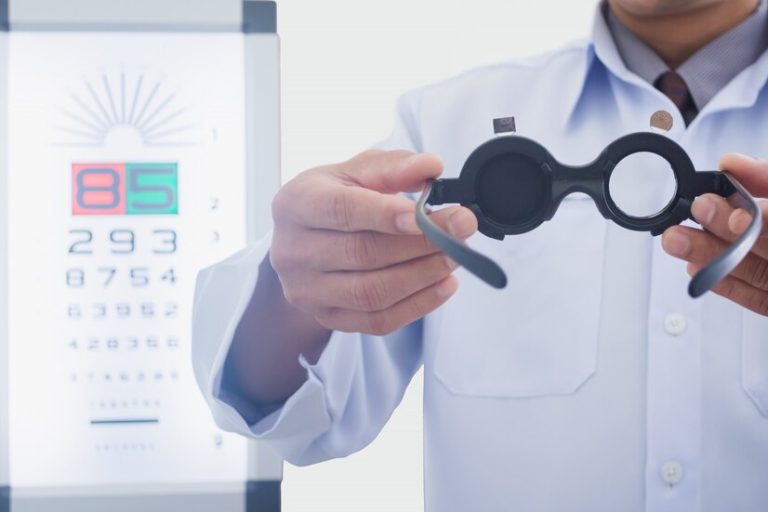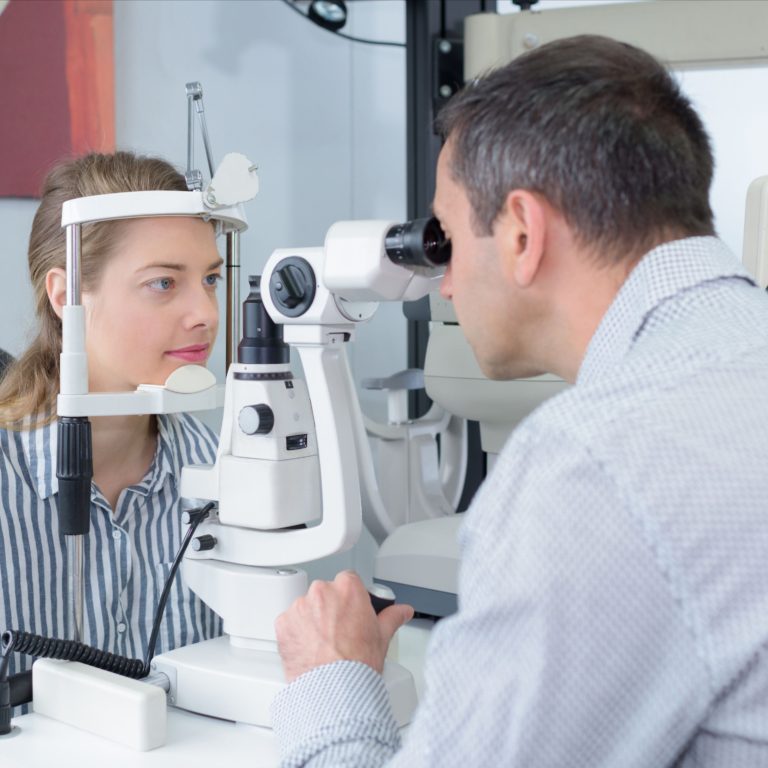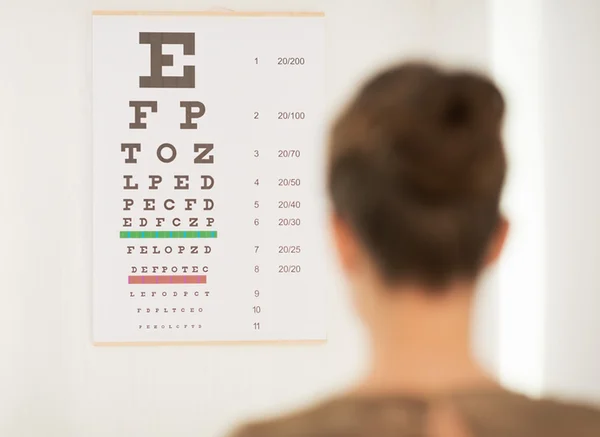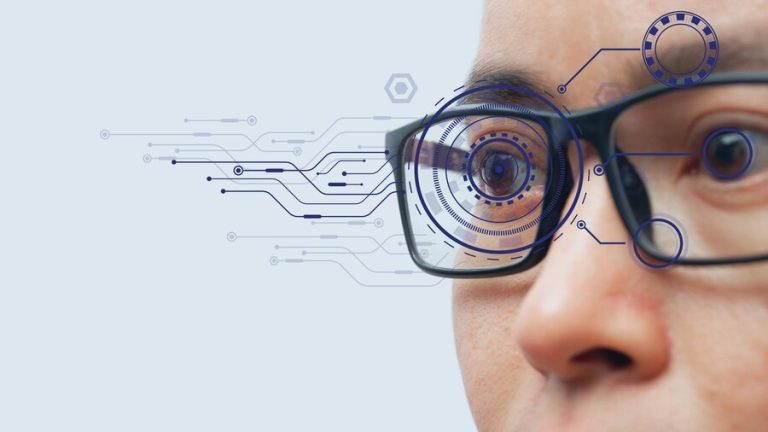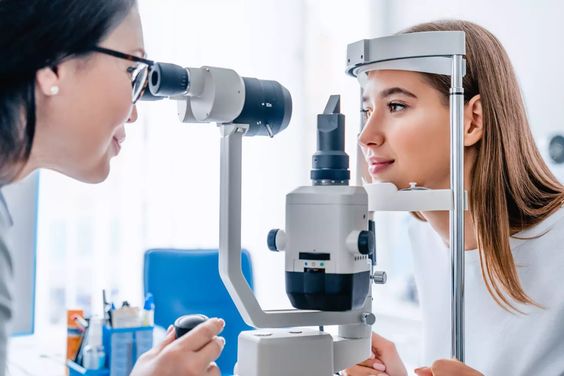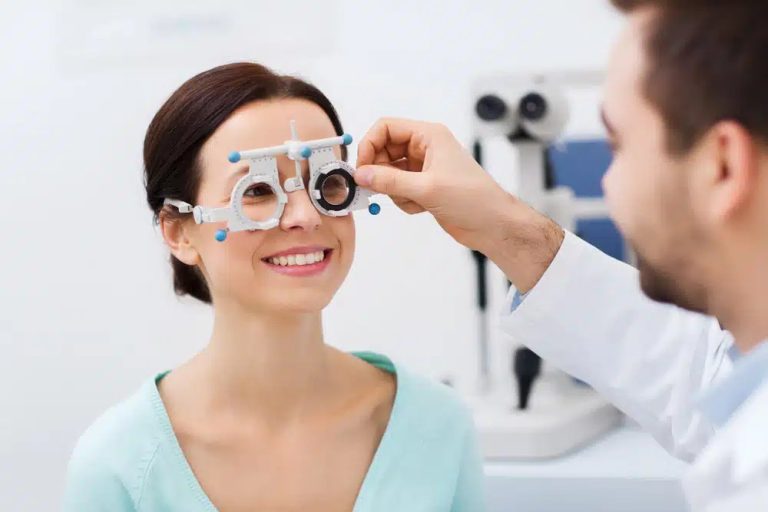Innovations In Vision Testing Technology: Advancements And Applications
Vision testing has undergone significant transformations over the years, driven by advancements in technology that have enhanced our ability to assess and understand visual health. From traditional eye charts to sophisticated digital tools, innovations in vision testing technology have revolutionized the way we diagnose, monitor, and address various eye conditions. This article explores the latest advancements in vision testing technology, their applications, and the impact they have on eye care and overall visual health.
Digital Refraction Technology
Traditional methods of determining a person’s prescription involved the use of phoropters and a series of lenses. However, digital refraction technology has emerged as a game-changer in vision testing. Automated and computerized refractors use advanced algorithms to assess the refractive error of the eye more efficiently and accurately. This technology not only speeds up the testing process but also enhances precision, leading to more accurate prescription outcomes.
Wavefront Aberrometry
Wavefront aberrometry is a sophisticated technique that measures the imperfections in the eye’s optical system beyond conventional refractive errors. It provides a detailed analysis of higher-order aberrations, allowing for a more comprehensive understanding of an individual’s visual profile. This technology is particularly valuable in customizing treatments for conditions like astigmatism, myopia, and other complex vision issues.
Optical Coherence Tomography (OCT)
Originally developed for medical imaging, OCT has found applications in ophthalmology, particularly in the diagnosis and management of retinal diseases. By using light waves to capture detailed, cross-sectional images of the retina, OCT enables precise assessments of retinal thickness, nerve fiber layer thickness, and other critical parameters. This technology is instrumental in early detection and monitoring of conditions such as macular degeneration, diabetic retinopathy, and glaucoma.
Virtual Reality (VR) and Augmented Reality (AR) in Vision Testing
The integration of virtual reality and augmented reality into vision testing has opened up new possibilities for engaging and immersive assessments. VR and AR technologies are being utilized to create dynamic visual environments for testing visual acuity, depth perception, and other aspects of visual function. These interactive experiences not only make the testing process more enjoyable for patients, especially children but also provide valuable data for clinicians.
Remote and Telemedicine Solutions
The advent of telemedicine has extended its reach to vision testing, allowing for remote assessments of visual health. Mobile apps and online platforms equipped with calibrated tools enable individuals to perform basic vision tests from the comfort of their homes. While not a substitute for comprehensive eye exams, these remote solutions offer a convenient way to monitor vision changes and prompt individuals to seek professional eye care when needed.
Artificial Intelligence (AI) in Vision Testing
AI has permeated various fields of healthcare, and vision testing is no exception. AI algorithms are being employed to analyze large datasets of visual information, aiding in the early detection of eye diseases and conditions. Automated screening processes powered by AI can flag potential issues, allowing healthcare providers to prioritize cases that require further examination. This technology holds promise for improving the efficiency and accessibility of vision testing.
Portable and Handheld Devices
Advancements in miniaturization and portability have given rise to handheld devices that can perform various vision tests outside traditional clinical settings. These portable tools, often connected to smartphones or tablets, can measure visual acuity, contrast sensitivity, and other parameters. They are particularly valuable in outreach programs, remote areas, or emergency situations where access to traditional testing equipment may be limited.
Electroretinography (ERG) and Visual Evoked Potentials (VEP)
ERG and VEP are electrophysiological tests that assess the function of the retina and the visual pathways to the brain, respectively. These tests can provide valuable insights into the health of the visual system, especially in cases where traditional tests may not yield conclusive results. ERG and VEP are used in the diagnosis and monitoring of conditions such as retinal disorders, optic nerve diseases, and neuro-ophthalmic disorders.
Applications of Innovative Vision Testing Technology
Early Detection of Eye Diseases
The use of advanced imaging technologies like OCT and AI-driven analysis enables early detection of various eye diseases, including macular degeneration, diabetic retinopathy, and glaucoma. Early intervention can significantly improve outcomes and prevent irreversible vision loss.
Customized Treatment Plans
Wavefront aberrometry and digital refraction technology contribute to the development of customized treatment plans for refractive errors. By addressing higher-order aberrations and providing precise prescriptions, these technologies enhance the effectiveness of corrective lenses and surgical interventions.
Monitoring and Management of Retinal Conditions
OCT plays a crucial role in monitoring retinal conditions by providing detailed and real-time images of the retina. This technology is instrumental in the management of diseases such as age-related macular degeneration, retinal detachment, and diabetic retinopathy.
Enhanced Patient Engagement and Experience
The integration of VR and AR technologies into vision testing not only makes the process more engaging but also helps build awareness about the importance of regular eye check-ups. These technologies are particularly effective in pediatric eye care, as they make testing more enjoyable for children.
Accessible and Remote Vision Testing
Remote and telemedicine solutions, coupled with portable devices, bridge gaps in access to vision care. Individuals in remote areas or those with mobility constraints can benefit from these technologies, ensuring that vision testing is more widely accessible.
Challenges and Considerations
While the innovations in vision testing technology bring numerous benefits, several challenges and considerations merit attention:
- Cost and Accessibility: Some advanced technologies may come with high costs, limiting their accessibility in certain healthcare settings or regions. Striking a balance between technological sophistication and affordability is crucial for widespread adoption.
- Integration with Traditional Care: Integrating new technologies into existing healthcare systems and workflows can pose challenges. Ensuring seamless coordination and collaboration between traditional and innovative approaches is essential for comprehensive patient care.
- Standardization and Regulation: Establishing standardized protocols and regulatory frameworks for emerging technologies is imperative to maintain the accuracy and reliability of vision testing results. Stricter guidelines can ensure that these technologies meet quality standards and prioritize patient safety.
- Education and Training: Healthcare professionals need to be adequately trained to utilize and interpret results from advanced vision testing technologies. Educational programs and continuous training are essential to ensure the effective implementation of these innovations.
Conclusion
Innovations in vision testing technology have transformed the landscape of eye care, offering more accurate diagnostics, personalized treatment plans, and enhanced patient experiences. From digital refraction to AI-driven analyses, these advancements are paving the way for early detection and effective management of various eye conditions.
As technology continues to evolve, the integration of these innovations into routine eye care practices will play a crucial role in ensuring accessible, efficient, and patient-centered vision testing. By embracing these advancements and addressing associated challenges, the field of vision testing is poised to make even greater strides in improving visual health outcomes for individuals worldwide.
For any further queries, Plz visit drvivekgarg. in


